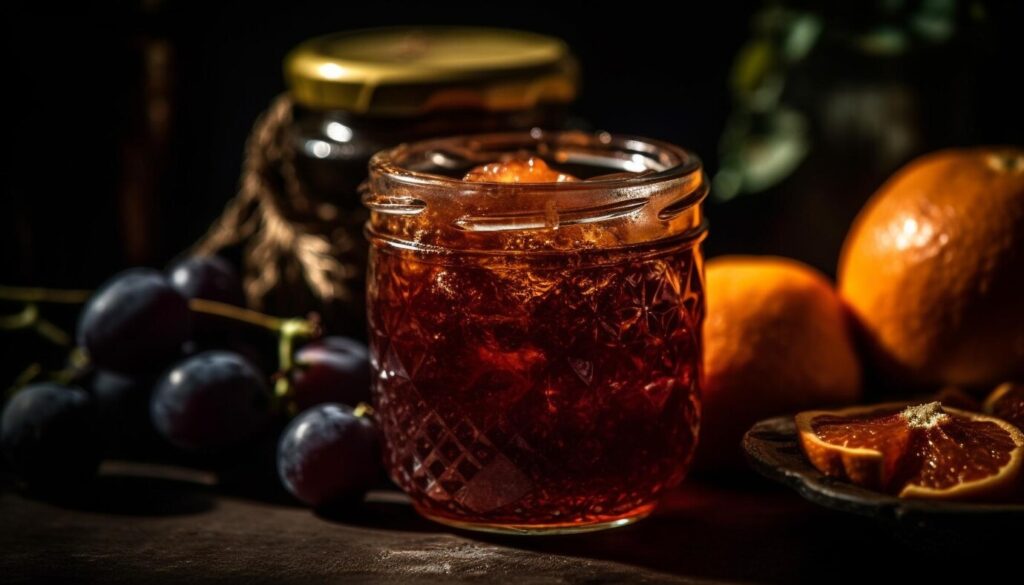
The ABCs of Vermouth
Vermouth, a classic and versatile fortified wine, has been captivating taste buds for centuries. In this comprehensive guide, we’ll delve into the world of vermouth, exploring its history, production, varieties, and much more. So, let’s embark on a flavorful journey through the ABCs of vermouth.
— A Brief History
Vermouth’s origins trace back to ancient civilizations. It is believed to have been first concocted by Hippocrates in ancient Greece for its medicinal properties. Over time, its popularity grew, and it made its way to Italy in the 18th century. The Martini cocktail, a renowned classic, prominently features vermouth. Today, it is a staple in many cocktail recipes.
— Bountiful Botanicals
What makes vermouth truly unique is the infusion of a myriad of botanicals and spices. From wormwood (which gives it its name) to herbs, roots, and fruits, each brand has its secret recipe. The aromatic blend of these ingredients results in the distinct flavor profile of vermouth.
— Crafting Vermouth
To craft this aromatic elixir, winemakers begin with a base wine, which can be red, white, or rosé. This wine is fortified with a neutral grape spirit to increase its alcohol content. The magic happens when the selected botanicals are macerated or steeped in the wine. This infusion process can last for weeks, allowing the flavors to meld seamlessly.

— Diverse Varieties
Vermouth comes in various styles, with the two primary categories being sweet (red) and dry (white). Sweet vermouth is characterized by its rich, dessert-like flavors, while dry vermouth offers a crisp and herbaceous taste. Additionally, you’ll find extra-dry, bianco, and rosé vermouth, each with its unique attributes.
— Enhancing Cocktails
Vermouth plays a pivotal role in mixology. It serves as a vital ingredient in classic cocktails like the Martini, Negroni, and Manhattan. Its herbal notes and sweetness balance out the spirits, creating harmonious and complex drinks that have stood the test of time.
— Flavorful Pairings
Apart from cocktails, vermouth can be enjoyed on its own. Serve it chilled with a twist of citrus or over ice with a splash of soda. Its versatility extends to the realm of gastronomy, where it can be used in cooking to enhance the flavors of sauces, marinades, and more.

— Grading Vermouth
Not all vermouths are created equal. Some are cherished for their exceptional quality, while others are better suited for mixing. Quality vermouth is often labeled with designations such as “Riserva” or “Superiore”, signifying a higher standard of craftsmanship and aging.
— Iconic Brands
Several iconic vermouth brands have made their mark on the world stage. Martini & Rossi, Cinzano, and Carpano Antica Formula are just a few names synonymous with quality and tradition. Exploring different brands can lead to exciting flavor discoveries.
— Join the Vermouth Revolution
In recent years, there has been a resurgence of interest in vermouth. Craft producers are experimenting with unique botanical combinations, leading to an array of artisanal vermouths. Exploring these small-batch offerings can be a delightful adventure for vermouth enthusiasts.

— Key Takeaways
In conclusion, vermouth is not just a mere ingredient; it’s a rich tapestry of history, flavor, and culture. Whether you’re sipping it in a classic cocktail or savoring it on its own, vermouth offers a world of possibilities for your palate. So, why not raise your glass and join the vermouth revolution today?
In this article, we’ve explored the history of vermouth, its production process, diverse varieties, and its significance in cocktails and culinary creations. As you embark on your vermouth journey, remember that quality vermouth can elevate your drinking and dining experiences to new heights. Cheers to the delightful world of vermouth!
